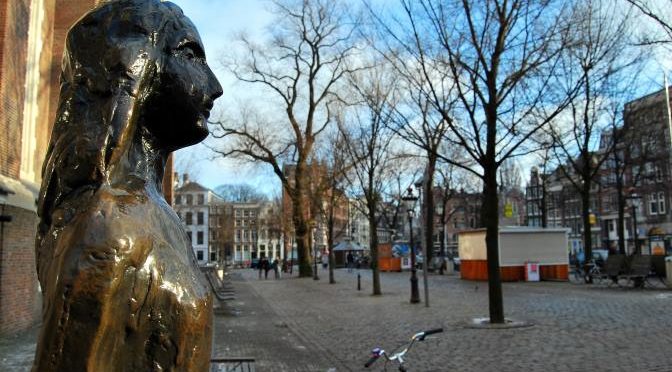In Europe alone, we’re lucky to have experienced the influence of many a great woman. Following on from International Women’s Day, a global event which salutes women’s accomplishments, we take a look at three of the many destinations where you can go to celebrate some of Europe’s most influential women.
Marie Curie in Paris

“I was taught that the way of progress was neither swift nor easy.”
Born Maria Salomea Skłodowska in Warsaw (then a part of the Russian Empire), physicist and chemist Marie Curie would become one of the most famous scientists of all time. In 1891, she travelled to Paris to study physics and mathematics at the prestigious Sorbonne, where she met Pierre Curie, then the professor of the School of Physics, whom she later went on to marry. Together, they discovered two chemical elements, and their research was also crucial in the development of the x-rays we still use today.
The Curies were awarded a Nobel Prize in 1903, while Marie went on to win another in 1911 – the first woman to do so, which definitely makes her one of Europe’s most influential women. Musée Curie, on Paris’ Rue Pierre et Marie Curie, is a museum dedicated to the scientists’ work. Learn all about the Curie’s discoveries, and take a look at Marie’s office and laboratory, which is still wonderfully preserved after all these years.
Joan of Arc in Rouen, Normandy

“It was for this that I was born.”
International icon, Catholic saint, and one of the world’s most revered military leaders, Joan of Arc has been a source of worldwide fascination, and one of Europe’s most influential women, for almost six centuries. While this heroine was born in a small village in the western Vosges in Eastern France, it’s Rouen where the Maid of Orléans – so called after she left with troops to help raise the siege of Orléans during the Hundred Years’ War – met her end. If you visit the cathedral where the saint was tried for heresy before being executed in 1431, you’ll notice that the pyre in Place du Vieux Marché is still marked with a small, subtle sign.
In 2015, the city unveiled Historial Jeanne d’Arc, a museum which serves as a memorial to the saint. Housed on Rue Saint-Romain, this creative, multi-media exhibition charts the famous story of Joan of Arc, presented almost as theatre, with each act held in a different part of this old cathedral setting – from its underground cellars to its lofty, winding tower.
Anne Frank in Amsterdam

“How wonderful it is that nobody need wait a single moment before starting to improve the world.”
Anne was born in Frankfurt in 1929, four years before Hitler came to power in Germany. The rise of the Nazis uprooted the Frank family and saw them relocate to Amsterdam, yet enemy occupation spread further still, reaching the Netherlands in 1940. By July 1942, the Franks, along with the Van Pels family, had moved into hiding – living in a secret annexe housed above the offices of Otto’s business. For two years, Anne wrote about life in confinement in her diary, and her published work is now used to teach people of all ages around the world about the Holocaust.
The original red and white checked diary is on display in Anne Frank Huis in Amsterdam, which attracts millions of visitors each year. Established in 1957, this museum gives visitors a glimpse into the lives of many who were forced into hiding due to the Nazi regime, and it all lies behind the secret bookcase door so aptly described in the writer’s works.
If you’ve been inspired to visit these destinations and learn more about some of Europe’s most influential women, book your ferry crossing and start planning your cultural trip today.



